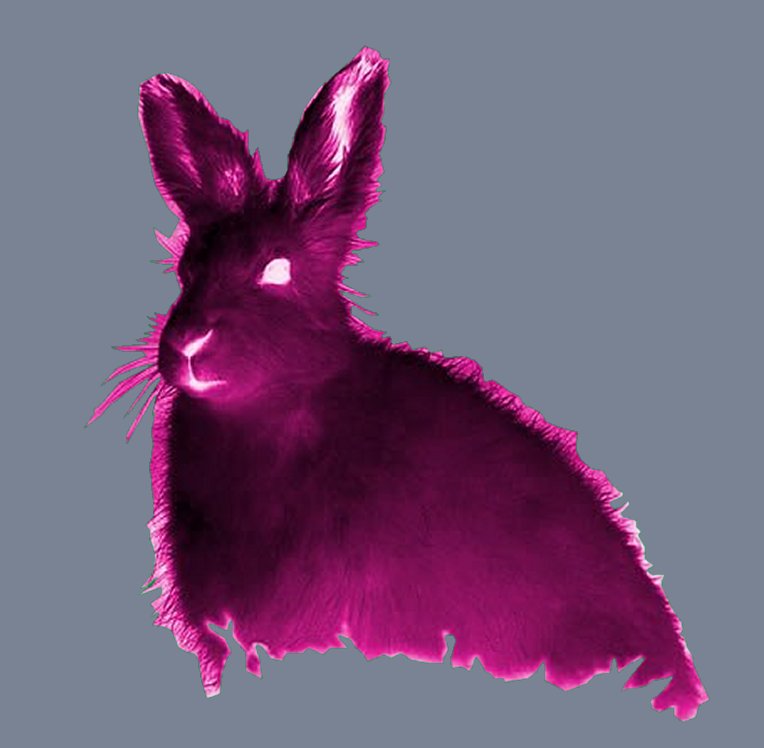Shape-Shifting in a Nineteenth-Century Court-Room May 18, 2012
Author: Beach Combing | in : Modern , trackbackBeachcombing has visited the Isle of Man on several occasions in this blog (he has only been once physically): there was the mermaid sighting from an early submarine, the drunk Manx buggan, and the early medieval kingdom of Mannau. But he is confident that this story will trump them all. Our author has been describing the execution of a witch on Man in less happy times. What follows is remarkable proof of the survival of superstition and, more importantly, high comedy.
Suspected witches are now [mid 1840s] differently treated in the Island, as appears by the following case, of recent occurrence. A farmer named John Quine, residing at Ballaharry, in the parish of Marown, having lost in succession a heifer, a cow, and a horse, stupidly attributed the death of these animals to the influence of witchcraft, though it was plain to other people that his loss, in each instance, was only the effect of a natural cause. On the 19th December, 1843, he obtained from one of the deemsters a trespass warrant, under authority of which a jury was sworn and a great number of persons summoned as witnesses, and examined on the premises. The examination was conducted chiefly in Manks; and such questions as the following were put: ‘Did you ever witch Quine’s cattle?’ ‘Do you bear any malice against Quine?’ ‘Did you hear any body talking about Quine before his cattle died, and seemingly grudge him what he possessed?’ The jury was ultimately adjourned, and on the following day similar questions were proposed; but one of the jurymen interfered and refused to allow any interrogatories irrelevant to matters of trespass, and the proceedings were further adjourned till Thursday, the third day of January, in the present year 1844, when those who were summoned and did not attend on the previous day, were brought up in the custody of constables, amongst whom was Quine’s sister-in-law, a midwife in his immediate neighbourhood.
At this point Beachcombing needs to intervene to note how (1) midwifes were often suspected of witchcraft: if you ever find yourself in the 1500s do stay away from that particularly career path. Also (2) witches were, it was claimed, able to transform themselves into a hare.
After being sworn in the common form, the question put to [the midwife] was, ‘Did you ever come in any shape or form to do Quine or his goods an injury?’ The poor woman confessed that she had once passed through Quine’s fields without leave, on being called, in great haste to attend a neighbour’s wife in labour; and being frightened into the belief that she was consequently liable for the expenses of the court, before a verdict was pronounced by the jury, she agreed to pay the costs, amounting to nearly five pounds. While the advocate, employed in this case, was busily employed in taking minutes of the evidence, some wag managed to let loose, unperceived, in the room, a wild rabbit. On the appearance of this unexpected visitor, all in an instant became terrified, and a scene of confusion ensued, that may be better conceived [?] than it is possible to describe. The jury, in particular, with staring eyes, hair on end, and mouths distorted, shouted ‘the witch! the witch!’ This uproar continued for several minutes, till one of the party, more courageous and daring than the rest, seized the supposed witch, and while depriving the harmless creature of existence, triumphantly exclaimed ‘You shall not trouble poor Quine again’.
Please let this be true! The circumstantial details surely speak in its favour and our author is a meticulous early Victorian writer. Beach wagers no one will come up with a witch story as good as this one: drbeachcombing AT yahoo DOT com



